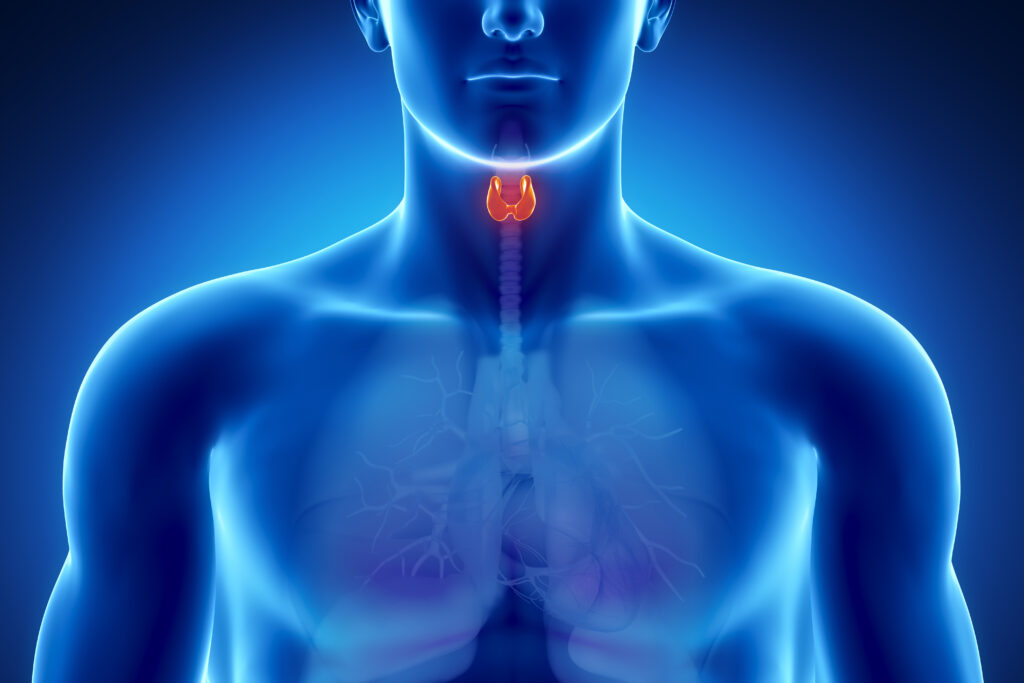Search Results
Showing Results for HIV infection

Burkitt lymphoma (BL) is a non-Hodgkin B-cell lymphoma originating from the germinal center, characterized by dysregulation of the MYC gene, often resulting from the translocation of chromosome 8 into 14. It is extremely aggressive, representing the fastest proliferating cancer, and typically involves ...

On 31 December 2019, the World Health Organization (WHO) was notified of several cases of pneumonia of unknown aetiology in Wuhan, China. After a relatively short period, officials confirmed the first case of coronavirus disease 2019 (COVID-19) reported outside of China, in Thailand, ...

Renal tubular acidosis (RTA) is characterized by the impaired ability of the kidneys to absorb filtered bicarbonate or to excrete titrable acid in urine.1 It manifests as normal anion gap (hyperchloremic) metabolic acidosis. RTA may be of four types: type 1 (...

World Health Organization statistics rank tuberculosis (TB) amongst the top 10 communicable diseases in the world, and it remains one of the biggest killers of mankind.1 TB is known to cause both mortality and morbidity. Pulmonary TB is the primary manifestation, ...

Tuberculosis (TB), an infectious disease caused by Mycobacterium tuberculosis, is one the oldest infectious diseases known to man. Eradication of TB has proven to be a challenge, despite the monumental efforts of the World Health Organization (WHO).1 The emergence of ...

Tuberculosis (TB) is a major public health concern in low- and middle-income countries (LMICs) of Asia and Africa, which have a high burden of human immunodeficiency virus (HIV) infection and malnutrition. It is epidemic in these regions being associated with ...

COVID-19 has become one of the greatest challenges in medical history, and the rapid development and approval of effective and safe treatments is essential to minimise the loss of lives during the pandemic. Given the urgency of finding effective strategies, ...

The steadily increasing knowledge concerning selenium (Se) involvement in chronic autoimmune and viral inflammatory disease along with the growing prospect of preventive and/or therapeutic Se intervention, via diet or compounds, are the focus of this brief review. Important data ...

In 1971, Omran described the concept of epidemiologic transition to improve the understanding of patterns of disease in opposition of single disease epidemiology across the world and to provide better forecast and societal response to disease patterns.1 Although three main types ...

In 1971, Omran described the concept of epidemiologic transition to improve the understanding of patterns of disease in opposition of single disease epidemiology across the world and to provide better forecast and societal response to disease patterns.1 Although three main types ...

There are two major forms of diabetes mellitus, type 1 (T1DM) and type 2 (T2DM), with the latter being the most common form, accounting for over 90 % of cases.1 Further, with the epidemic of obesity, T2DM can occur at any ...

Diabetic retinopathy (DR) is the leading cause of blindness among working-aged adults around the world.1 Despite the significance of this problem, and the rising prevalence of diabetes, notably in emerging Asian countries, such as India and China,2,3 there are few ...

The advent of highly active anti-retroviral therapy (HAART) has significantly improved the survival of human immunodeficiency virus (HIV)-infected patients.1 In this context, HIV-infected patients are living longer and are facing several associated morbidities related with ageing, such as diabetes, ...

Statins are the cornerstone of dyslipidemia management, lowering lowdensity lipoprotein (LDL) cholesterol levels and substantially reducing the risk for cardiovascular disease (CVD). Statins are the cornerstone of dyslipidemia management, lowering lowdensity lipoprotein (LDL) cholesterol levels and substantially reducing the risk ...

As a result of advanced medication regimens, particularly protease inhibitors (PIs), the life expectancy of HIV-infected adults has risen considerably. As a result of advanced medication regimens, particularly protease inhibitors (PIs), the life expectancy of HIV-infected adults has risen considerably. ...

A few decades ago, diabetes was considered a disease of affluent societies. This statement would be rather inappropriate today as it is known that most of the world’s diabetes patients live in developing countries. In absolute numbers, most of ...

Intersecting Epidemics Diabetes and tuberculosis (TB) have existed for thousands of years. Great physicians in the ancient civilisations of Egypt, India, Greece and Rome described an illness that we now understand as diabetes. Similarly, the earliest evidence of TB has ...

Non-alcoholic SteatohepatitisNon-alcoholic fatty liver disease (NAFLD) is a chronic liver condition frequently associated with type 2 diabetes and characterized by insulin resistance and hepatic fat accumulation. Liver fat may range from simple steatosis to severe steatohepatitis with necroinflammation and variable degrees ...
Latest articles videos and clinical updates - straight to your inbox
Log into your Touch Account
Earn and track your CME credits on the go, save articles for later, and follow the latest congress coverage.
Register now for FREE Access
Register for free to hear about the latest expert-led education, peer-reviewed articles, conference highlights, and innovative CME activities.
Sign up with an Email
Or use a Social Account.
This Functionality is for
Members Only
Explore the latest in medical education and stay current in your field. Create a free account to track your learning.

